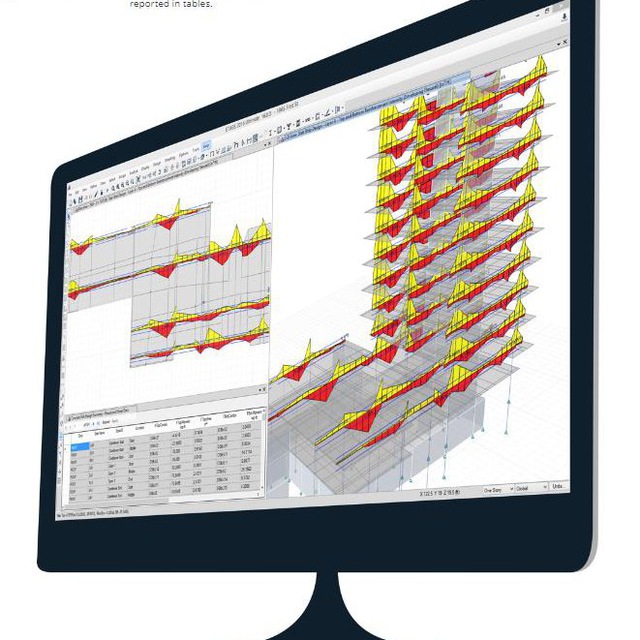(Question and answer from Dr. Alirezaei)
According to the seismic criteria of topic 10, the column section must be compressed, and one of the conditions of compression is the continuous connection of the wing to the column, while the all-round welding causes complexity and distortion of the column. Is there a solution to avoid the all-round welding? has it?
One of the important issues that should be taken into consideration by the designer and the production manager together and take measures about it, is the complexity and change of the dimensions of the welded components after the welding operation. Distortion is the unwanted effect of expansion and contraction of heated metal. Of course, it should be kept in mind that distortion exists to some extent in all types of welding. In many cases, the distortion is so small that it can hardly be seen, but in some cases, the amount of distortion is so high that measures must be taken to combat it before welding, during welding, or after welding. Distortion has three types, which are (figure below):
1- Angular distortion.
2- Longitudinal distortion.
3- Transverse distortion.
The causes of distortion are:
1. Heating.
2. Failure to use the equipment needed to restrain the piece.
3. Residual stresses in the piece.
4. Improper properties of the work piece.
Distortion control and reduction methods:
In welding, you can think of measures such as proper design and proper welding method that reduce or eliminate distortion. In welding, we can prevent distortion in three steps, which are:
1. Before welding.
2. During welding.
3. After welding.
Ways to control distortion before welding are:
1. Appropriate chamfer and connection design.
2. Accuracy in construction.
3. Use of clips, fasteners and holders.
4. Preheating all over the piece.
5. Boiling mole.
Ways to control distortion during welding are:
1. Backward step welding method.
2. Interrupted chain welding.
3. Welding facing each other in corner welding.
4. Symmetrical welding.
5. Observe the temperature between the sides.
6. Using the minimum welding volume.
7. Using fewer passes in butt welding.
Ways to control distortion after welding are:
1. Slow cooling.
2. Flame smoothing (reverse heating).
3. Stress relief.
4. Normalize.
5. Mechanical smoothing.
In the figure below, an example of the correct welding sequence, whose steps are numbered, is shown.
This post is written by AminNajafgholizadeh
